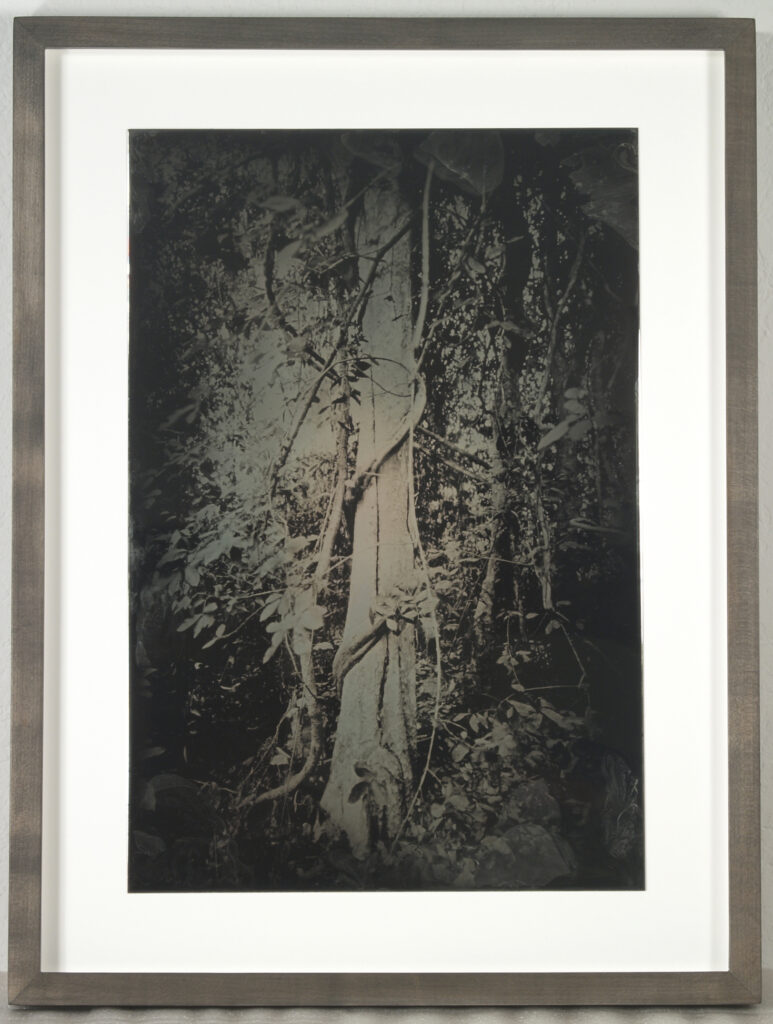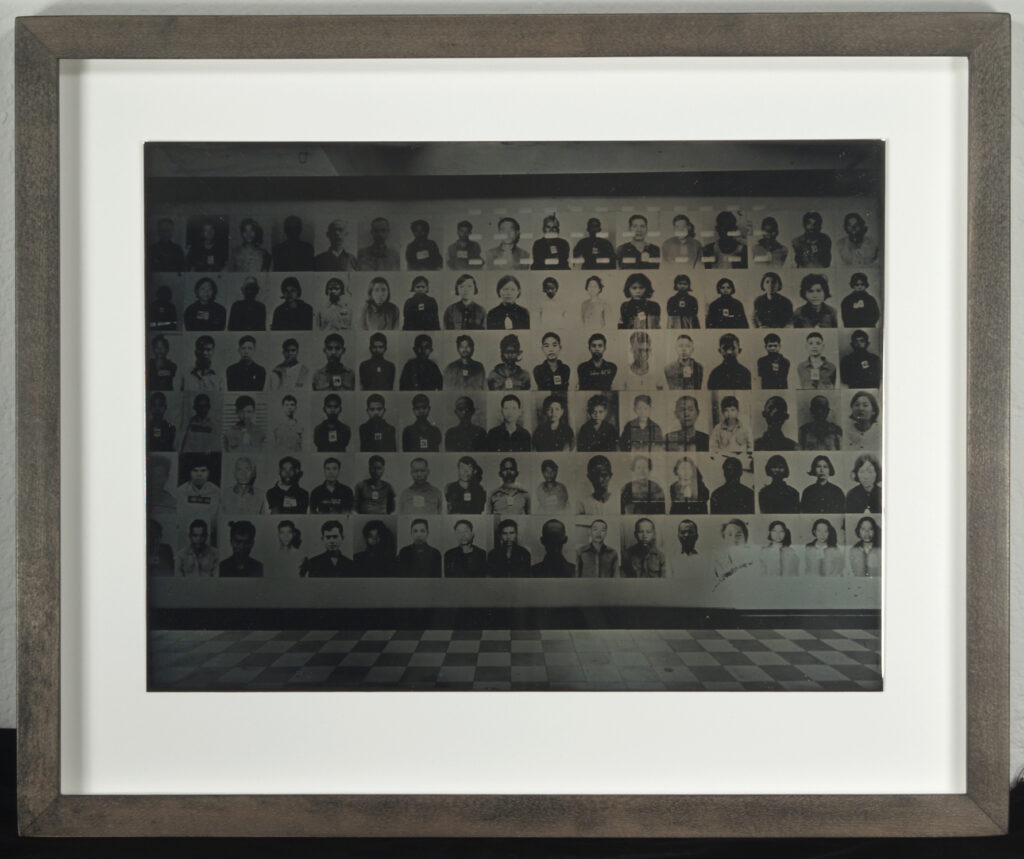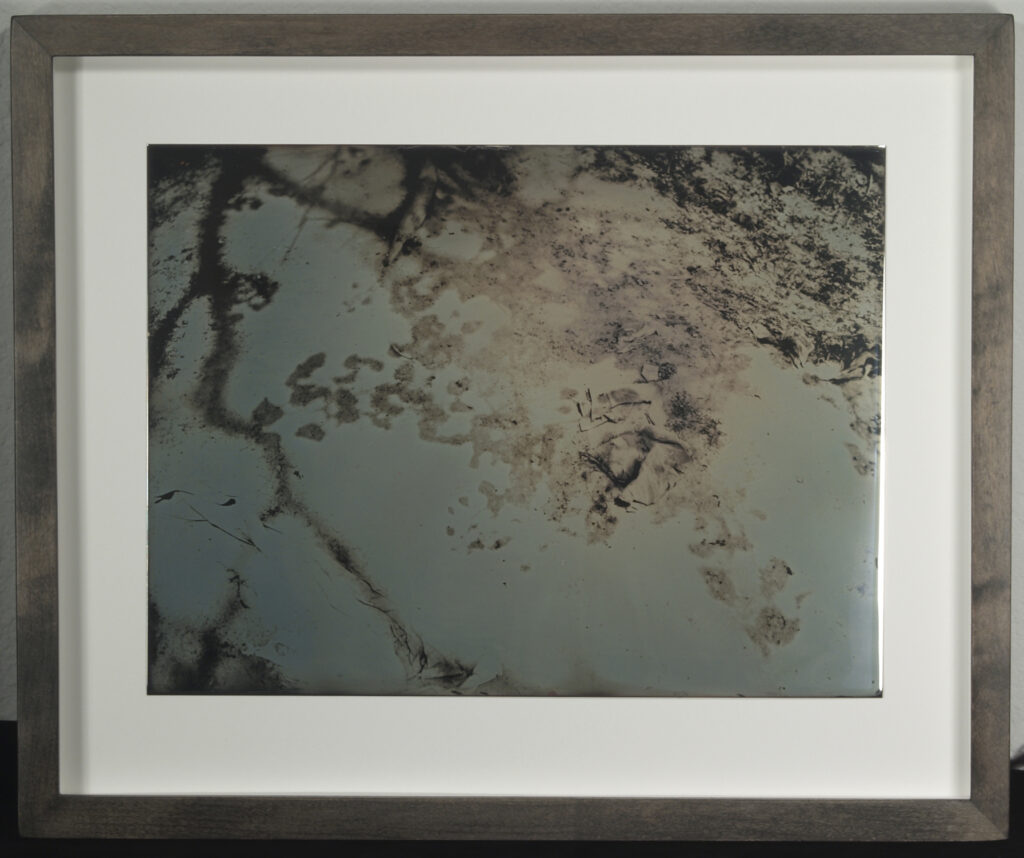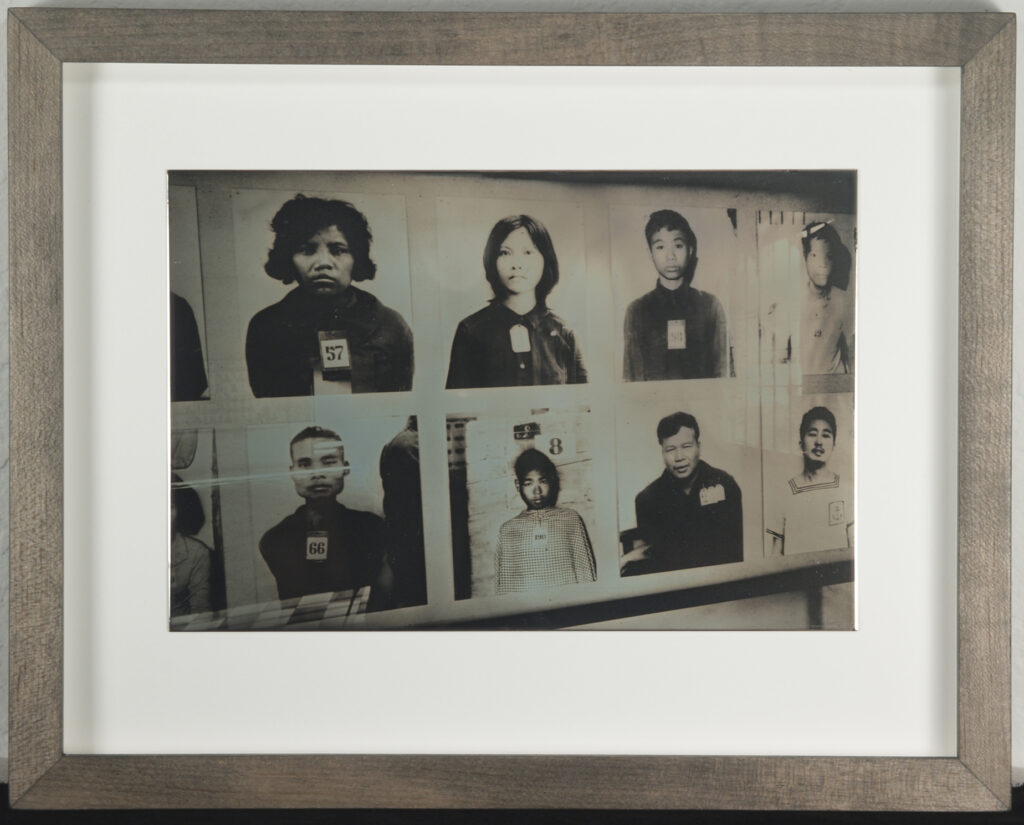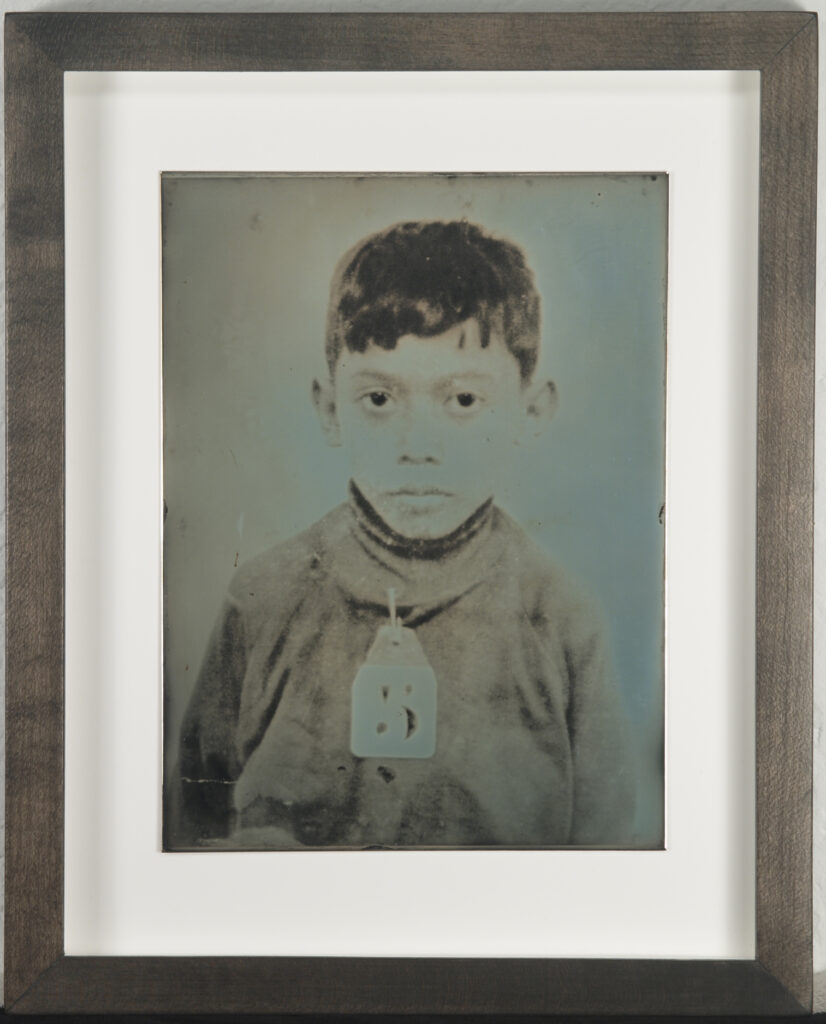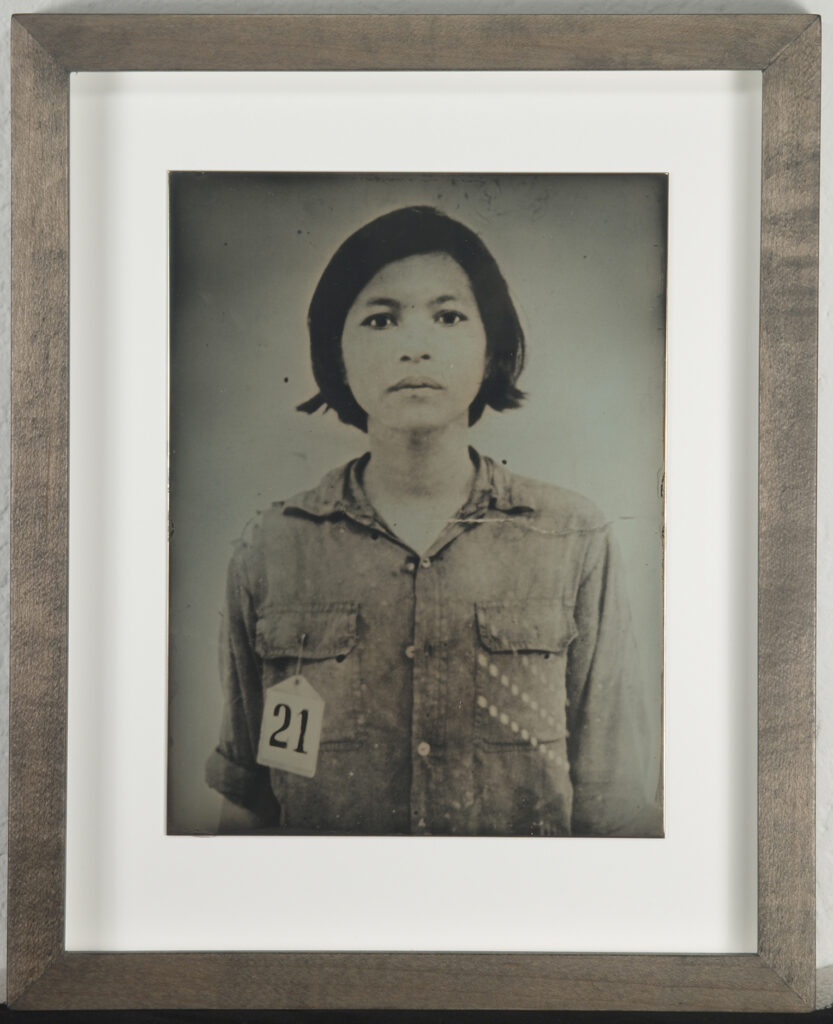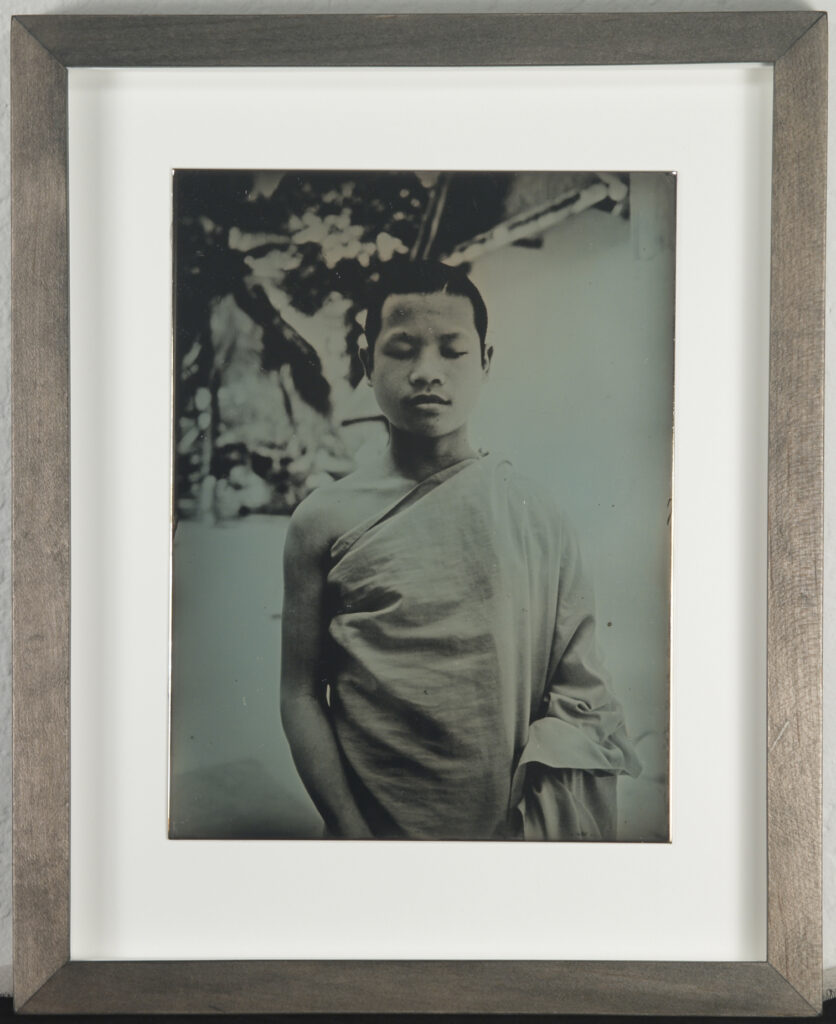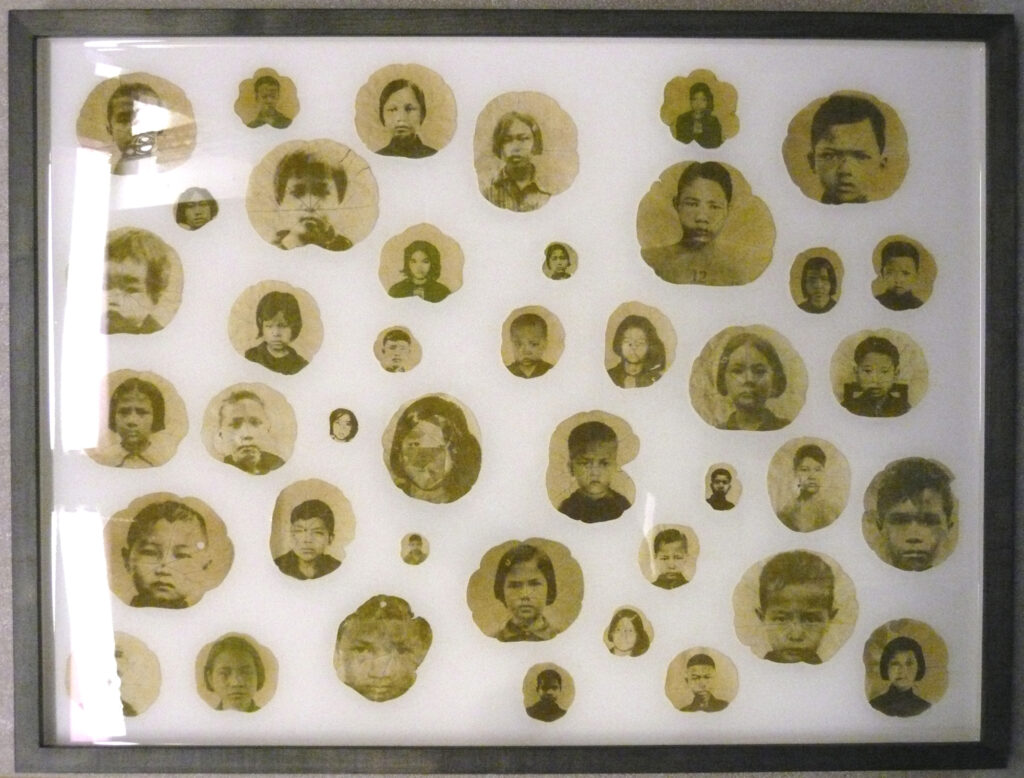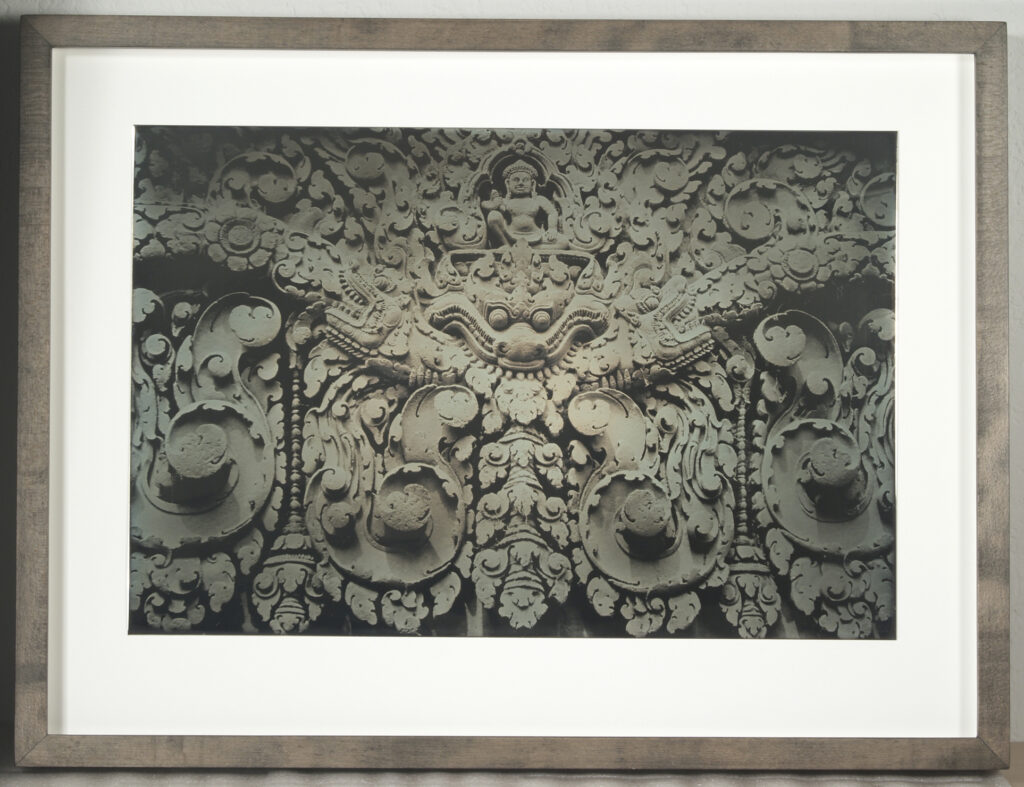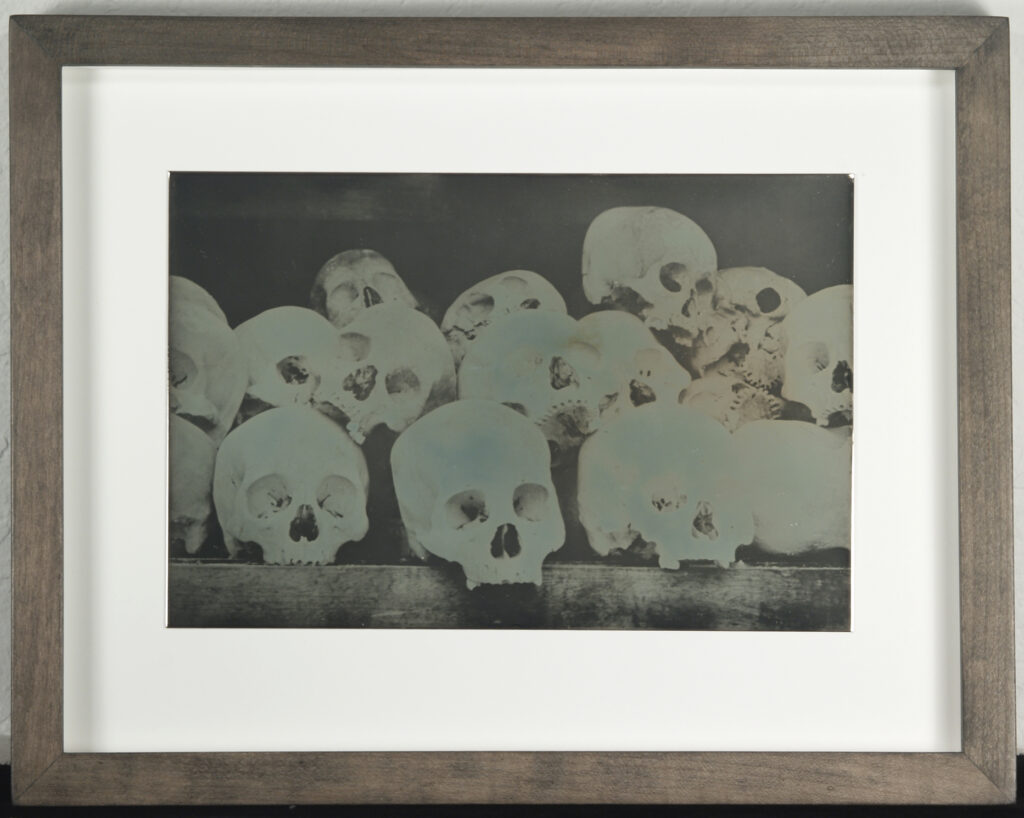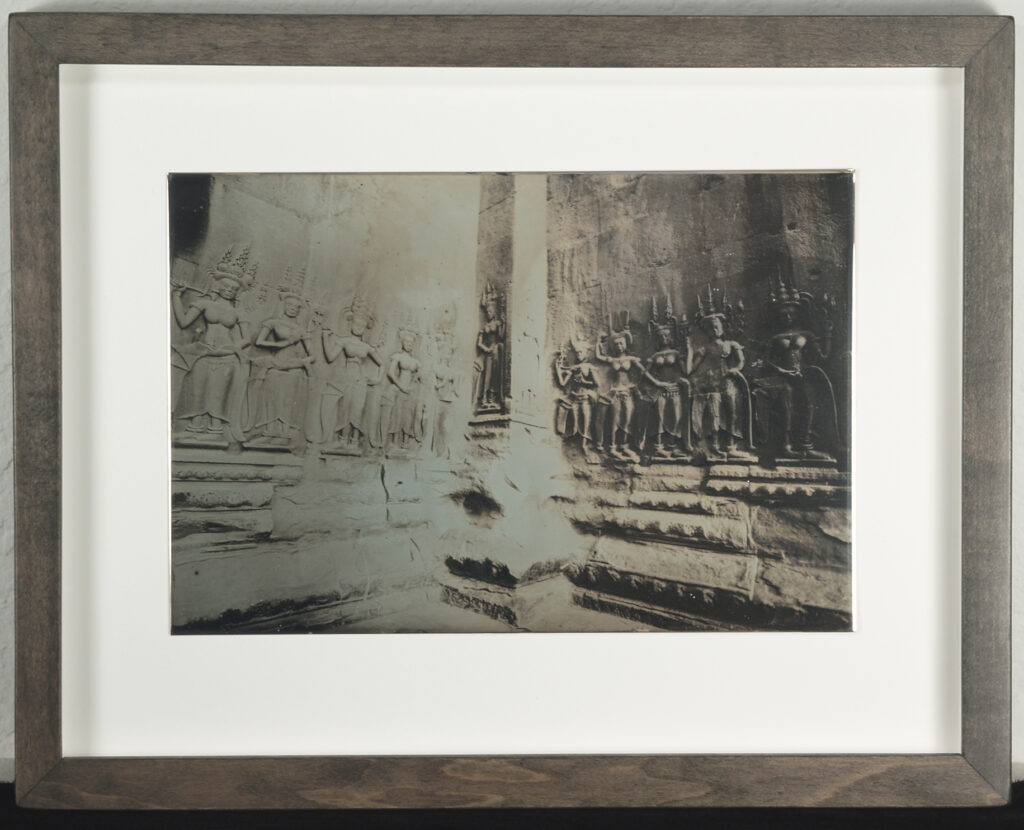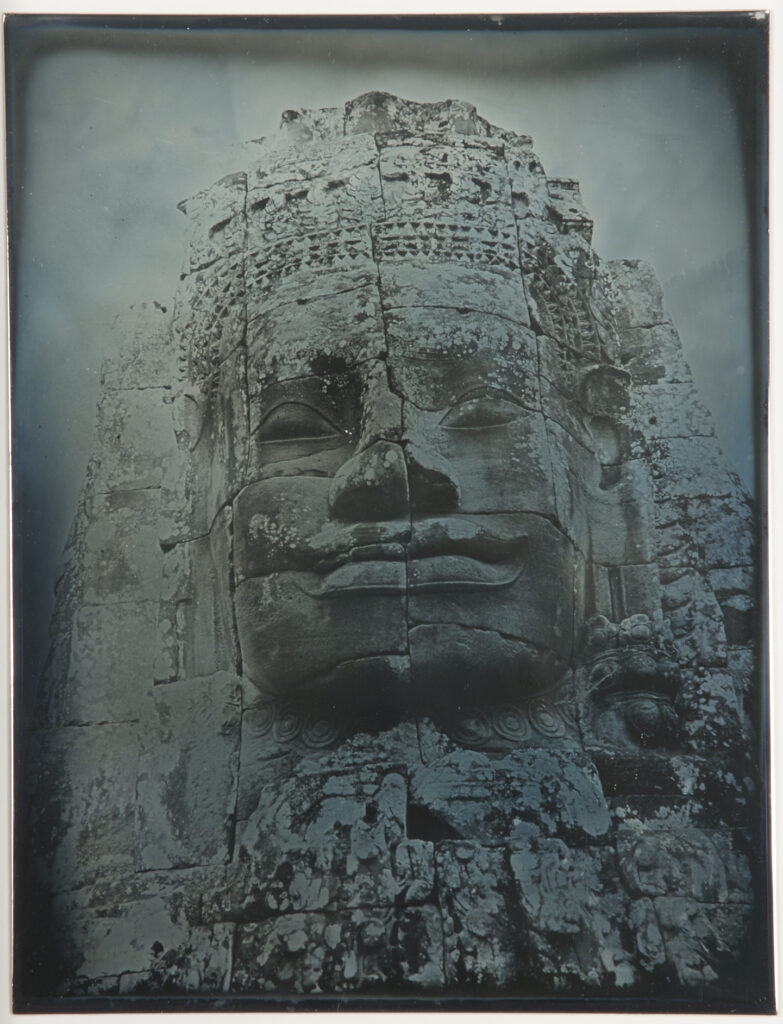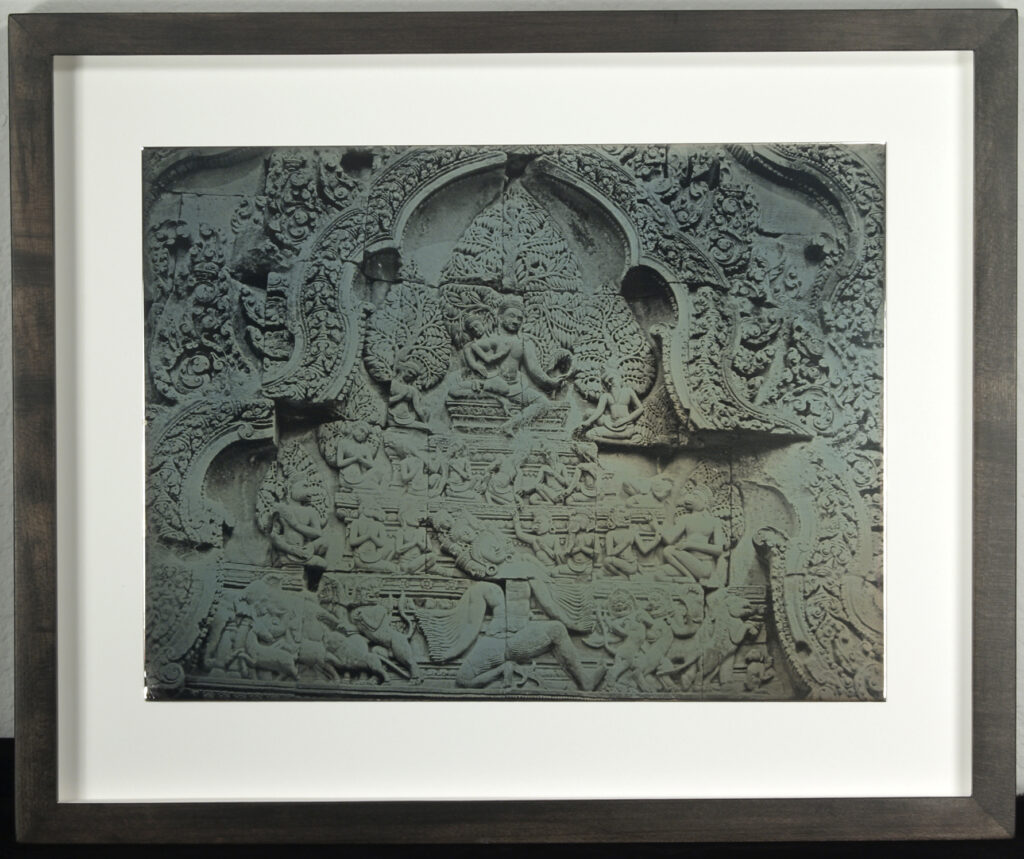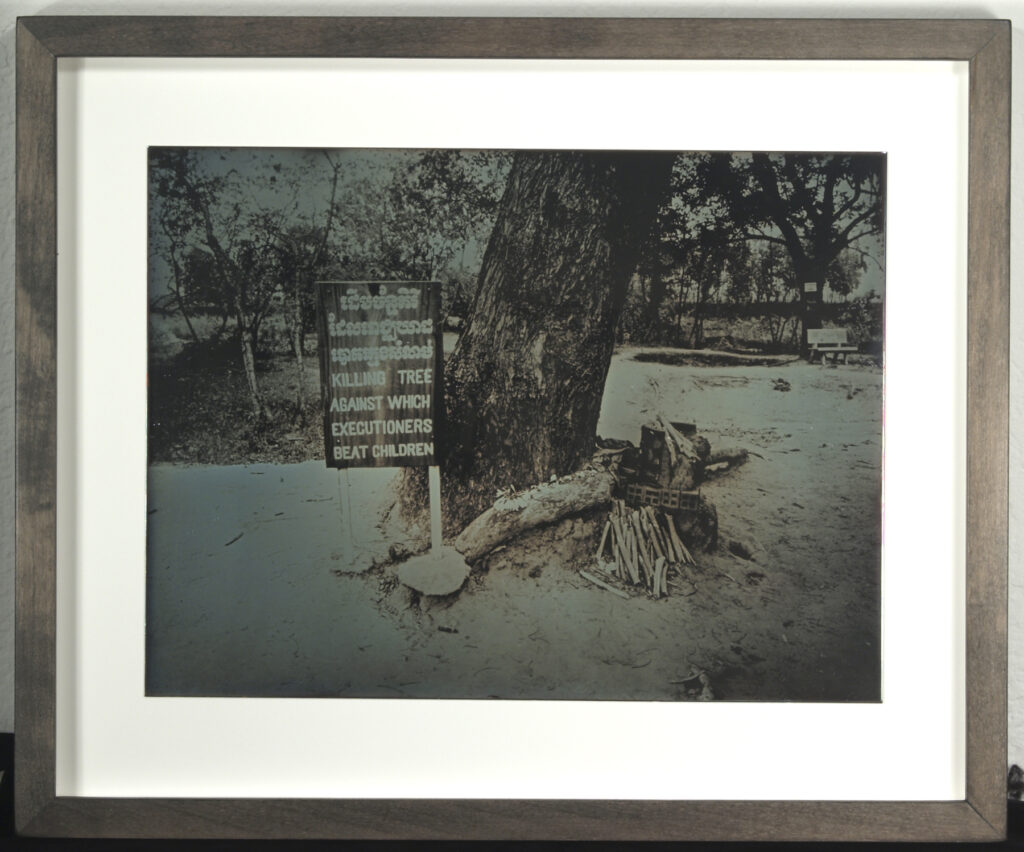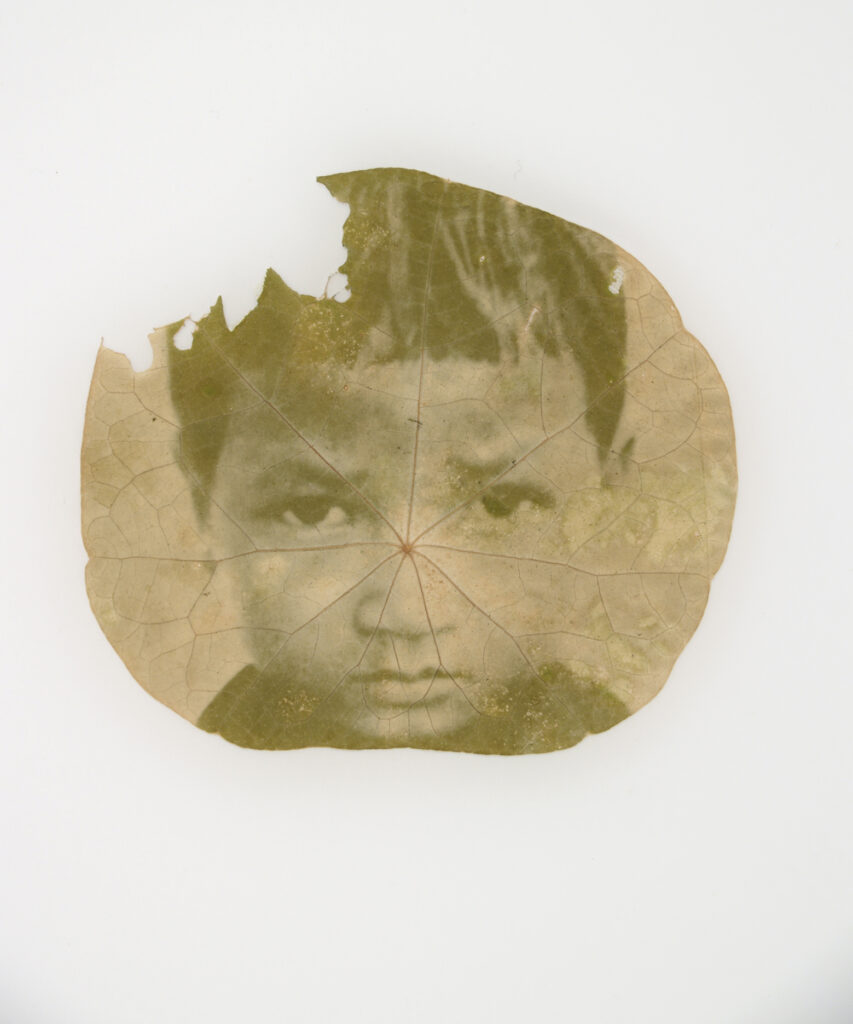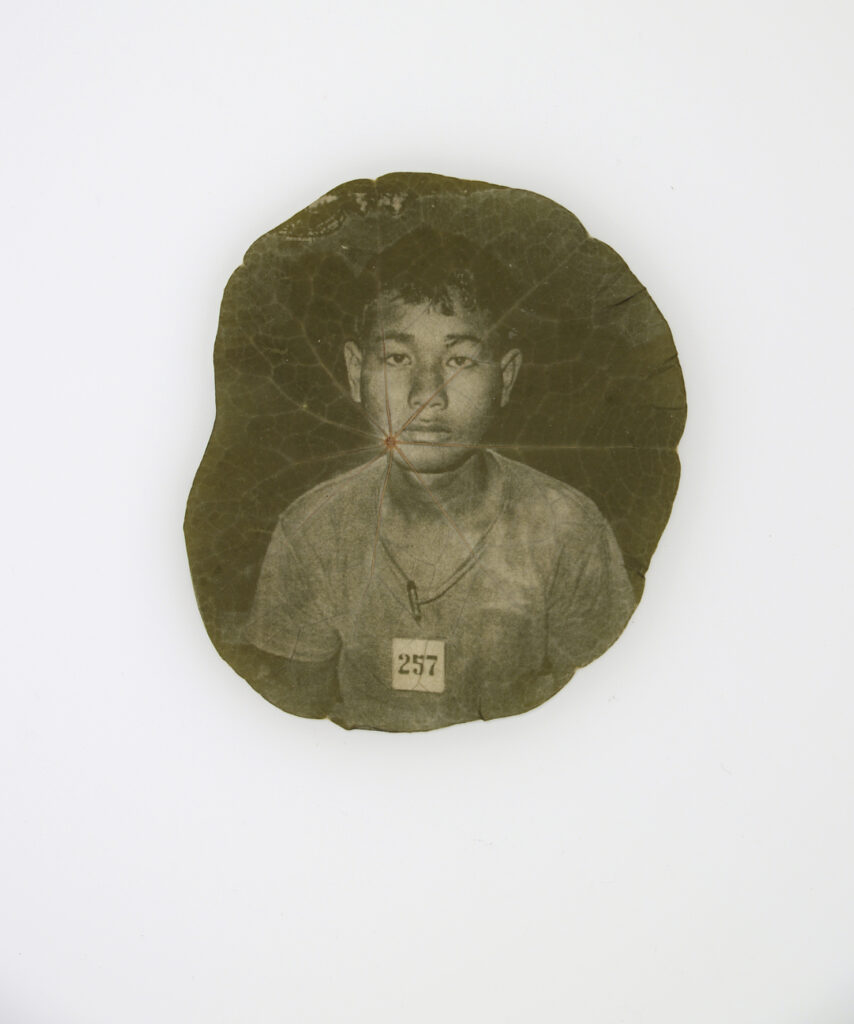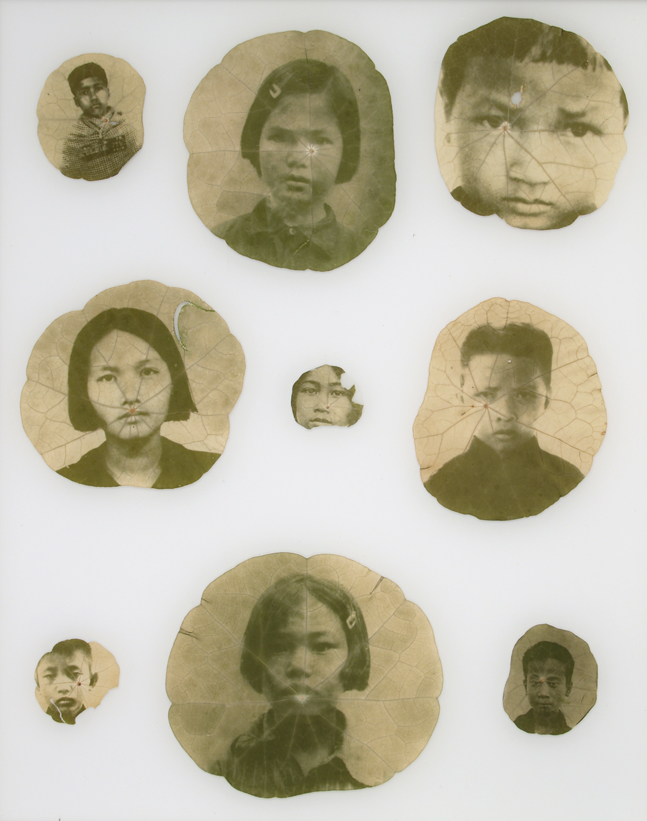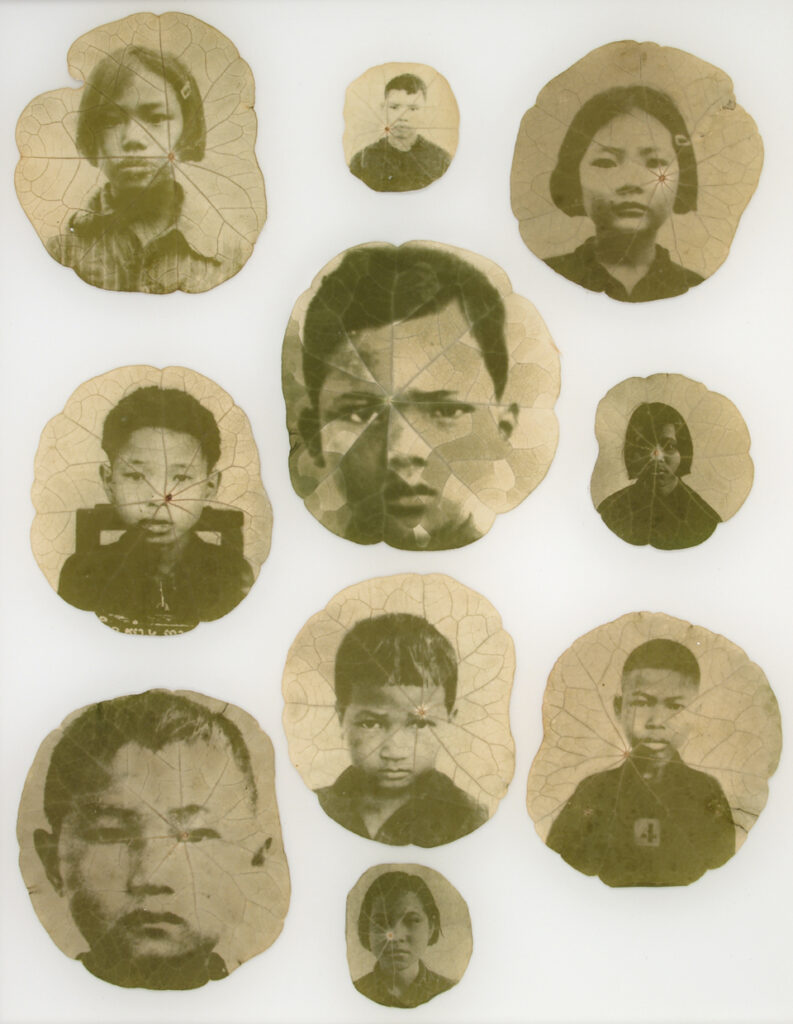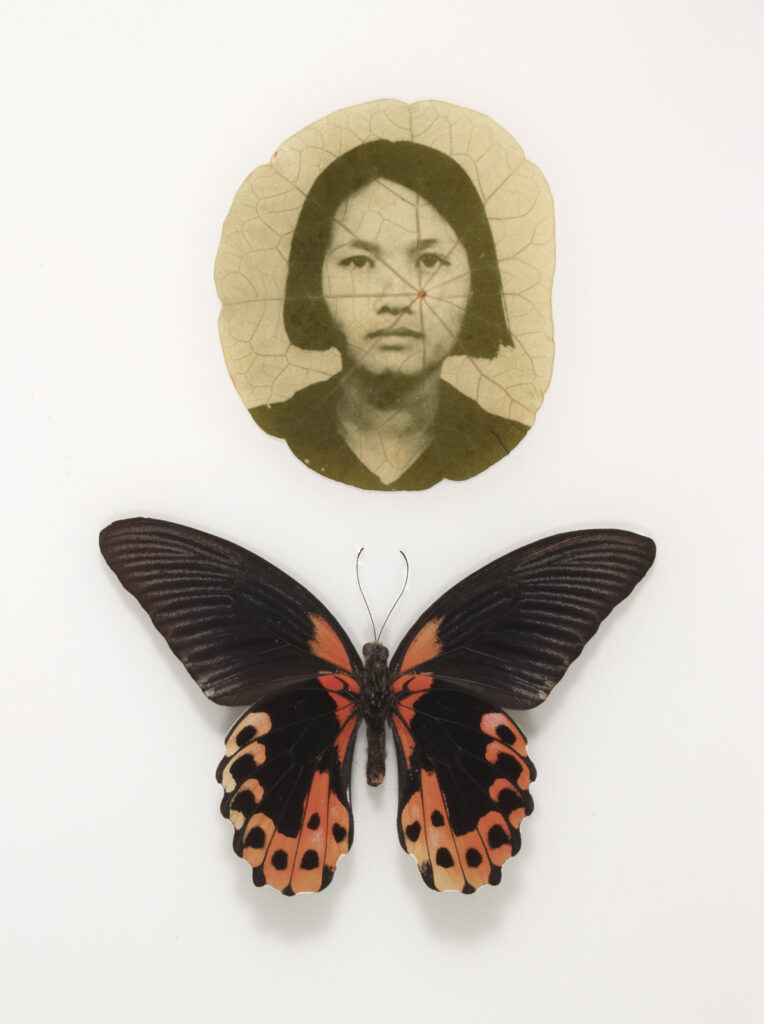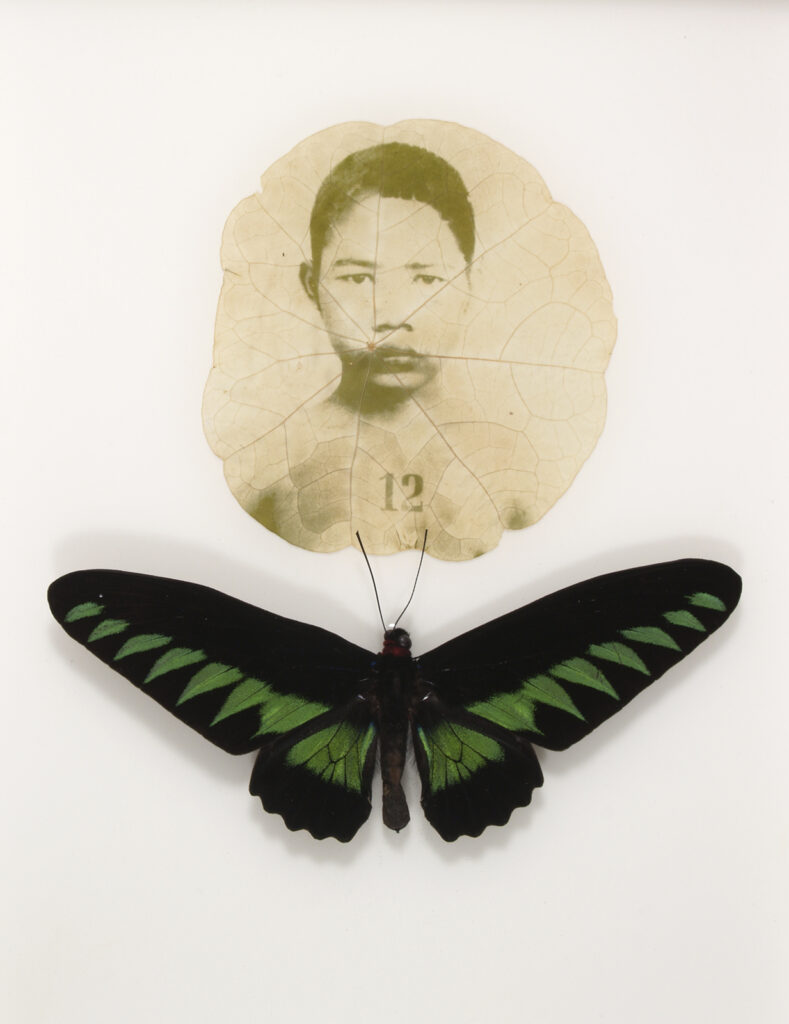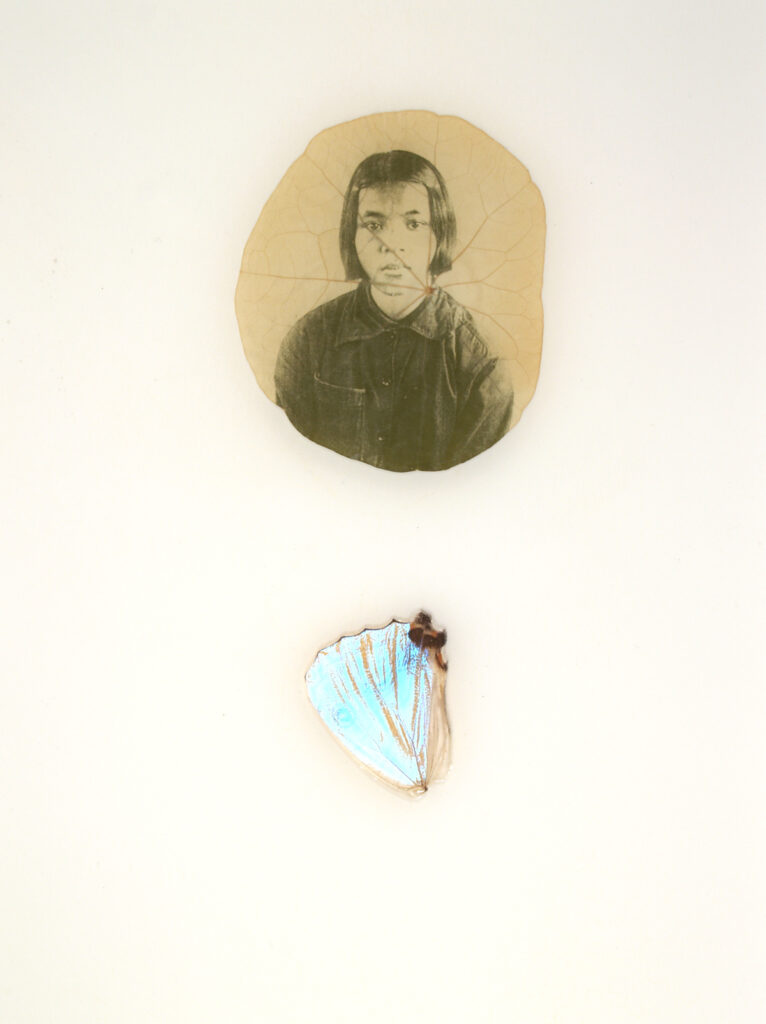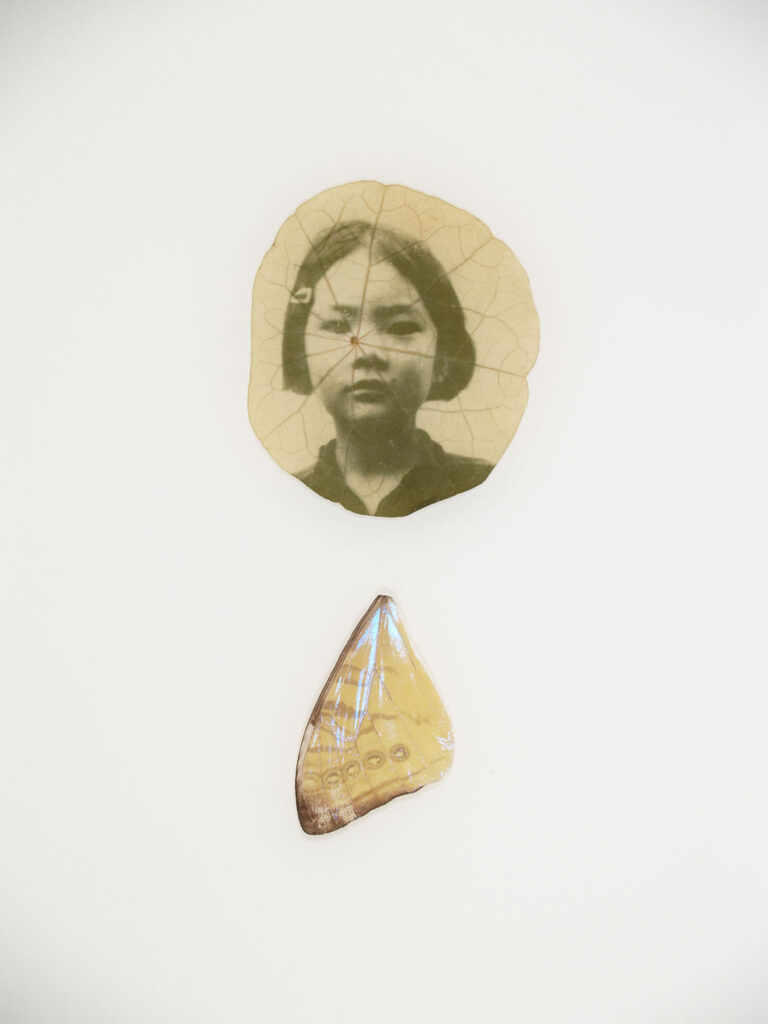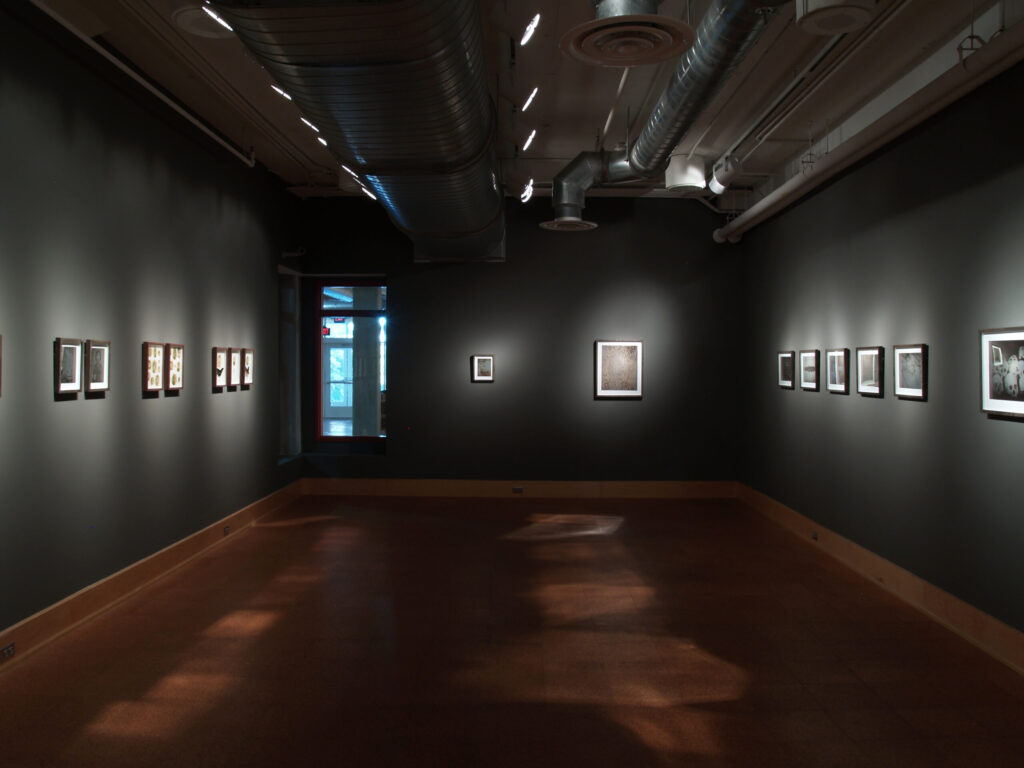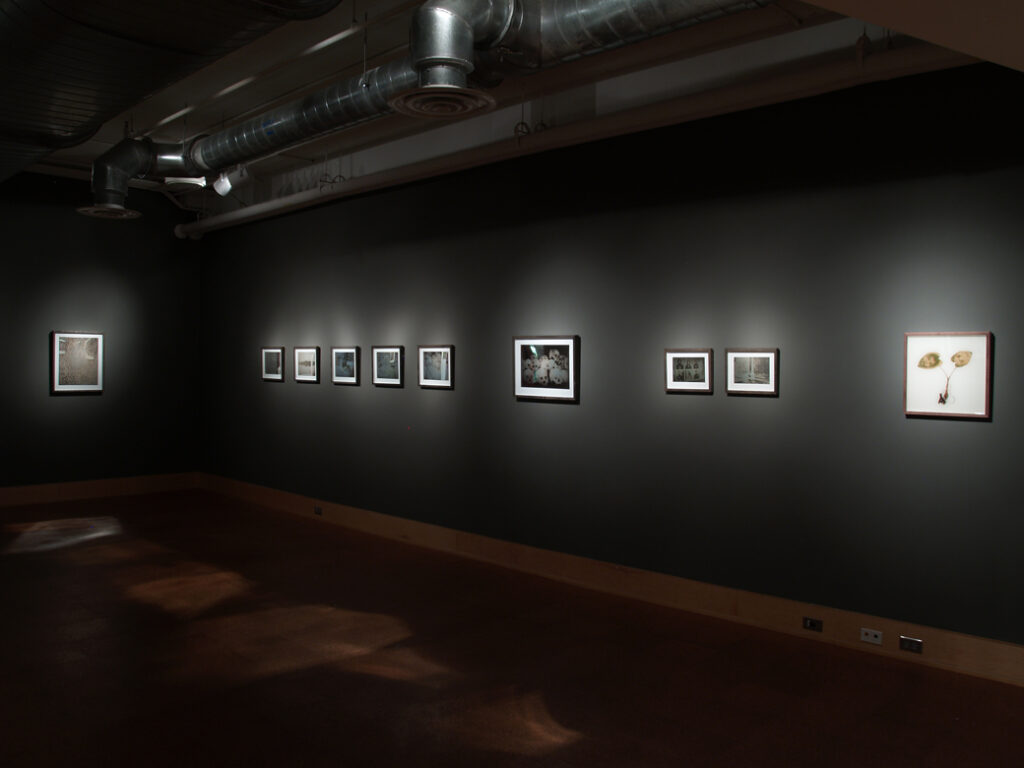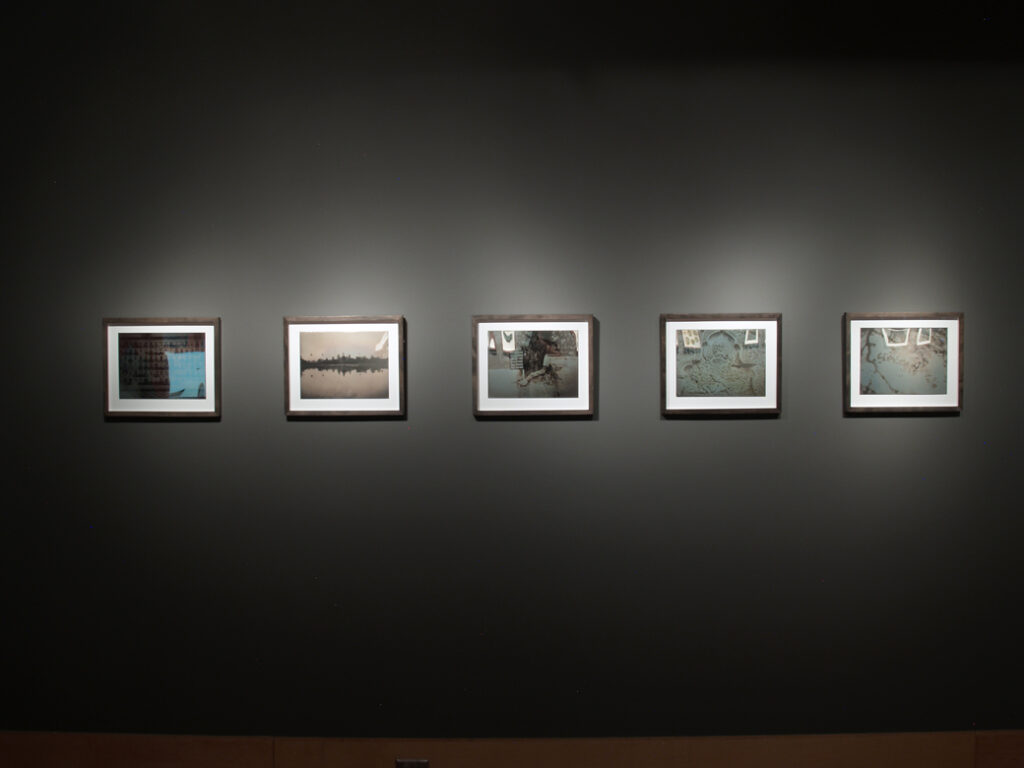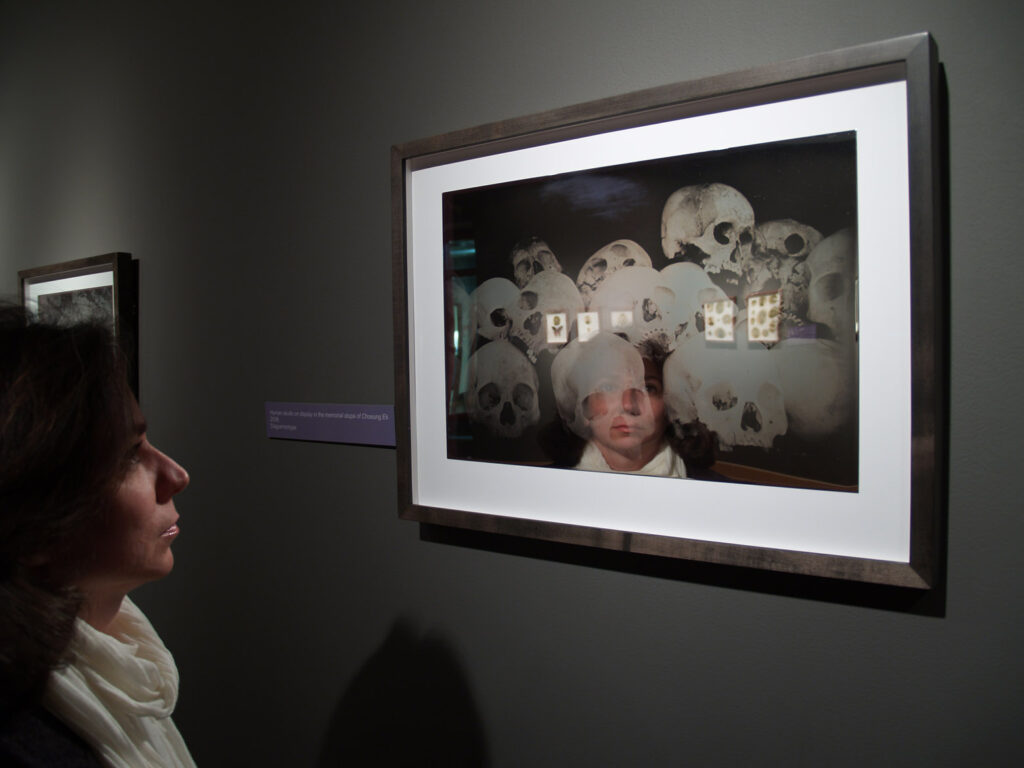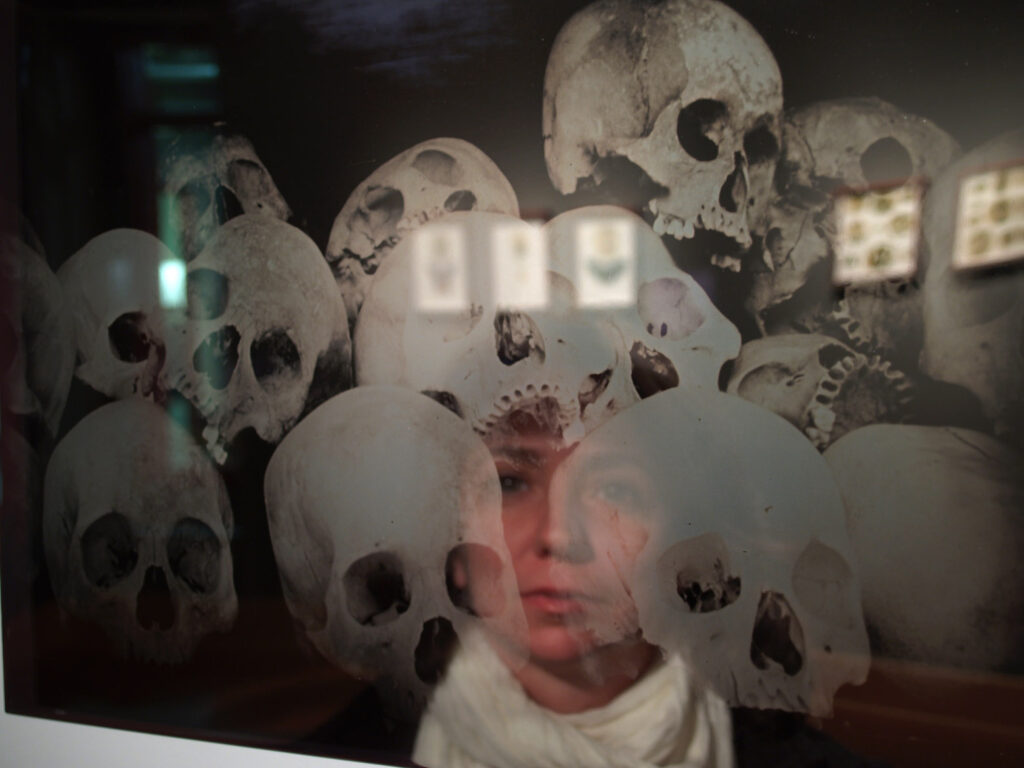The series marks Binh Danh’s first public presentation of his daguerreotypes. Reflecting on the medium, he explains, “The daguerreotype is a negative image, but the mirrored surface of the metal plate reflects the image and makes it appear positive in the proper light. It’s an early, direct photographic process without the capacity for duplication. But with contemporary equipment, I’ve perfected the process of exposing daguerreotypes in the darkroom, giving me greater creative control.”
Renowned for his invention of the chlorophyll print, Danh continues to push the boundaries of photographic processes in this new body of work.
As in his earlier series Ancestral Altars (Haines Gallery, 2006), Danh revisits the tragic history of the Khmer Rouge regime (1975–79), during which an estimated two million Cambodians perished through execution, torture, starvation, and forced labor at sites such as Tuol Sleng and Choeung Ek. He juxtaposes this period of darkness with imagery of ancient Khmer temples at Angkor, built between the 9th and 15th centuries CE. These temples are adorned with intricate carvings and mythology dedicated to Buddhist and Hindu deities—among them, Rahu, the snake god who swallows the sun or moon, causing eclipses. It is in this very region of northern Cambodia that the Khmer Rouge first emerged, casting a long historical and symbolic shadow over the land.

